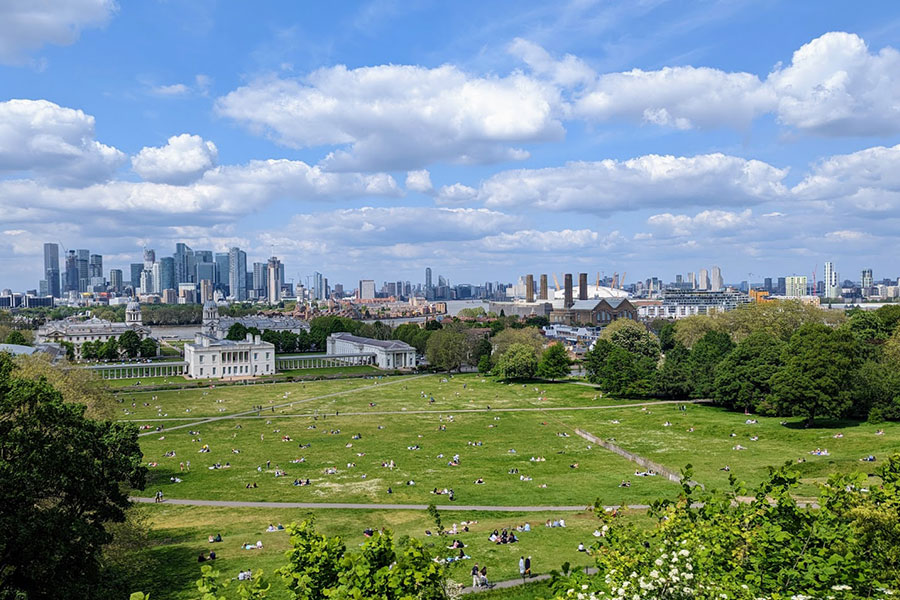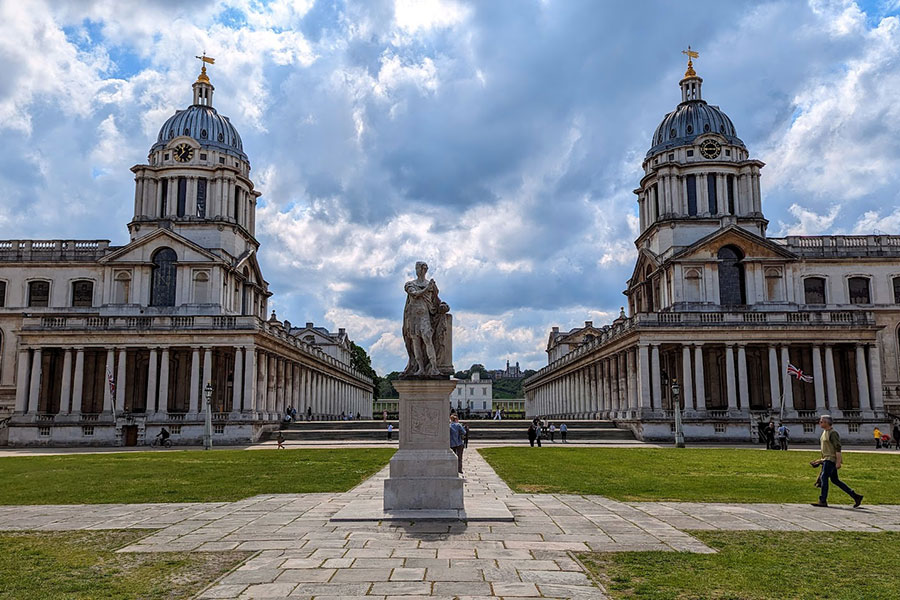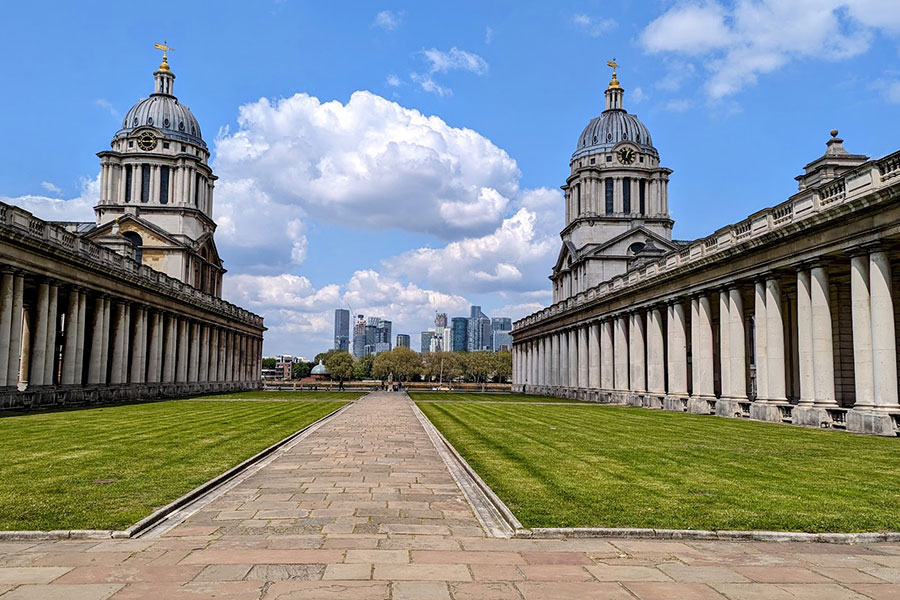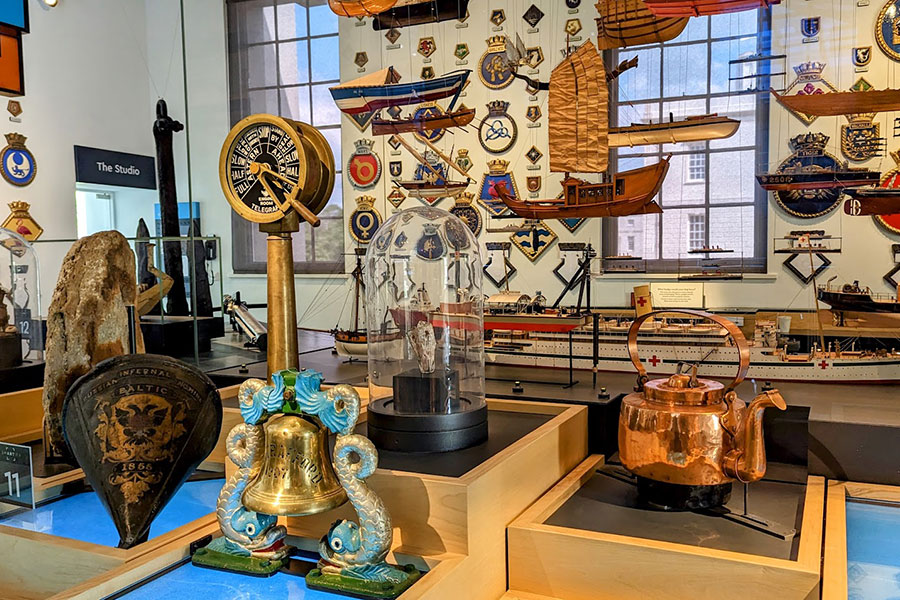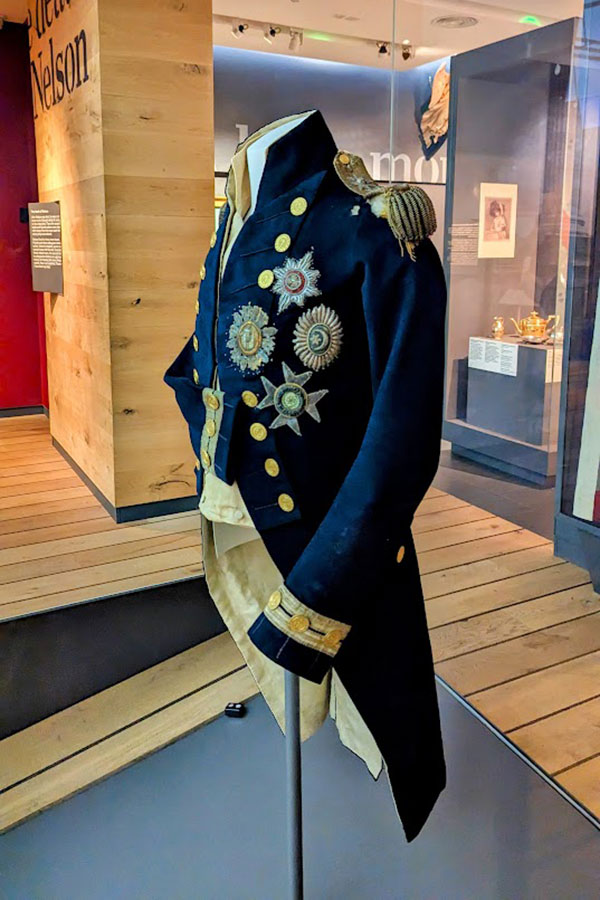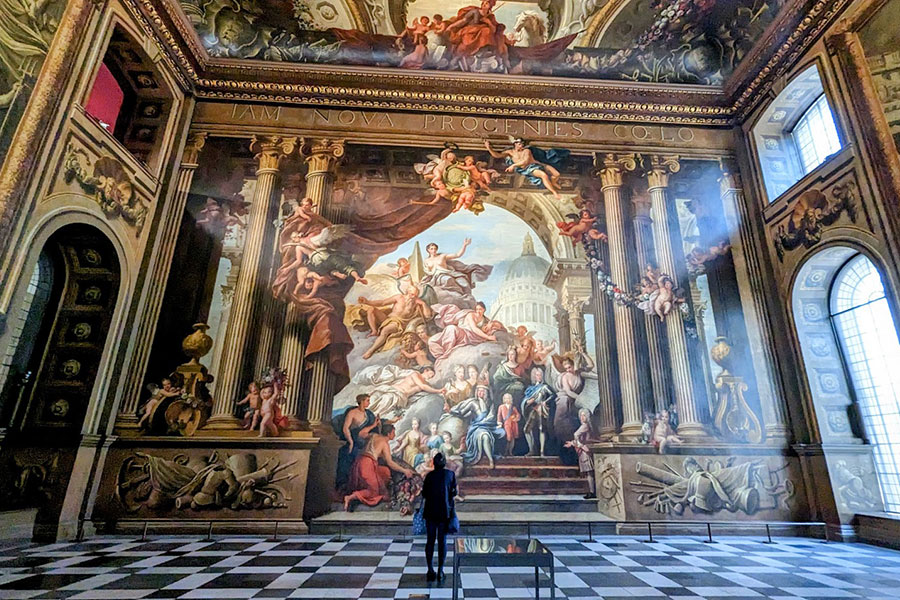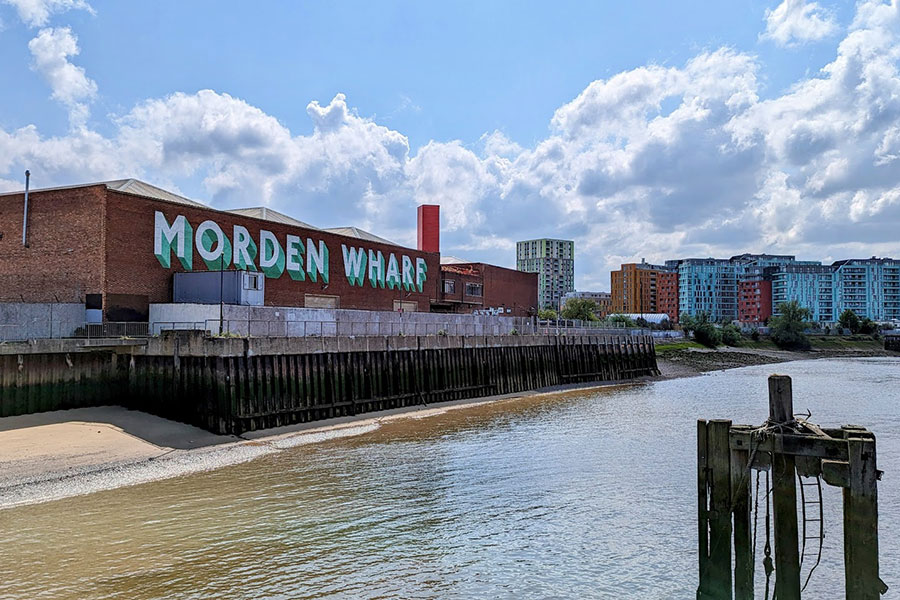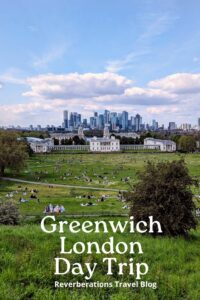Greenwich, London can feel like a world away from the heart of the English capital’s busy downtown. The town southeast of central London, UK, is still busy but with the most popular tourist attractions located more centrally, Greenwich is like a breath of fresh air as you take in its charming waterfront, museums, and historic buildings. Not too big and not too small, a Greenwich day trip or long weekend provides enough time to see the historic maritime sites and enjoy the waterfront.
Get to Know Greenwich, UK
Situated along the River Thames about five and a half miles southeast of central London, Greenwich is rich in history. The area has been inhabited for more than a thousand years with its first known mention in an Anglo-Saxon charter from 918.
The small fishing village gained prestige with the addition of a royal hunting lodge and hunting grounds around the year 1300. In the mid-15th century, the Palace of Placentia was built. It was in this palace that Henry VIII and Elizabeth I would be born.
During the English Civil War (1642-1651) the palace lost its shine and served not as a royal home but as a biscuit factory and POW camp. The palace was demolished by the end of the 1600s. In its place, the Royal Naval Hospital of Sailors was built, later becoming the Royal Naval College.
But it was thanks to its connections to the crown that the Royal Observatory was constructed in Greenwich. Later, it became known with the establishment of Greenwich Mean Time.
Things to do in Greenwich
Greenwich seems to have architectural gems wherever you look. Chief among those is the Royal Observatory, perched high on the hill in Greenwich Park. Stretching out in front of the Royal Observatory towards the river, the park is a sprawling greenspace in the midst of an otherwise busy borough. It is a bit of a walk to reach the top of the hill on foot, but the stunning views over the town make the effort worth it.
Founded in 1675, the Royal Observatory served its intended function until 1998, when it transitioned to a museum. Today the Prime Meridian Line is one of the Observatory’s main draws for visitors. But the museum is also home to exhibits like an impressive collection of marine clocks, a planetarium, and a camera obscura.
The museum allows you to trace time and the changes introduced as the technology of the day allowed. For example, famed architect Sir Christopher Wren’s Octagon Room from 1676 is the oldest part of the observatory and helps visitors visualize what conducting scientific work looked like centuries ago.
At the edge of the park at the opposite end from the Observatory sits the National Maritime Museum and the Queen’s House. The free and family-friendly National Maritime Museum feels relatively fresh: full of interactive and engaging exhibits. Among the highlights are a large collection of carved wooden figureheads as well as the coat Vice Admiral Lord Nelson was wearing at the Battle of Trafalgar, complete with blood stains and a bullet hole.
Directly next door to the National Maritime Museum is the Queen’s House. Built in the early 1600s by Queen Anne of Denmark and later completed by Queen Henrietta Maria, it is England’s first classical-style building. These days it is a free museum noted for its architecture and art collection that mixes modern pieces with classics.
Just across the street from the two museums, and framing the Thames, is the Old Royal Naval College. Perhaps the most striking building in the area, architecturally speaking, the collection of buildings date to the late 1600s when it was a hospital. In the late 19th century it was converted to the Royal Naval College. In 1998 the Royal Navy left the buildings and it found new life as the Old Royal Naval College.
The buildings house the Nelson Room, with a small exhibit in the room where Lord Nelson laid in state following his death, a 19th century skittle alley, and an 18th century chapel.
But undoubtedly the most remarkable part of the Old Royal Naval College is the Painted Hall. Painted over the course of nearly 20 years by Sir James Thornhill at the beginning of the 18th century, the aptly named room is impressive.
Thornhill’s art covers nearly all available surfaces. He was said to have been paid £6685: one pound for each yard painted on the walls and three pounds for each yard on the ceiling. The works depict a veritable who’s who of historical, mythological, allegorical, and religious figures of the time. Paid tickets are required for the Painted Hall and some of the other parts of the Old Royal Naval College.
After exploring the borough’s maritime history on land, you can climb aboard the water adjacent Cutty Sark. With its rigging and masts peeking over the tree tops and jutting into the air, it’s a hard-to-miss landmark. The 19th century British clipper ship is preserved as a museum where you can learn about one of the fastest (and one of the last) tea clippers to be built.
But there’s more to the town than just these attractions. The Greenwich portion of the 79.5-mile Thames Path trail offers a break from the hustle and bustle of the city. There are spots that offer stunning views of the city and others that provide an opportunity to explore areas that are more residential.
Greenwich Restaurants
There is no shortage of restaurants and cafes looking to tempt you with a delightful bite or a refreshing drink. With its waterfront location along the Thames Path, the Trafalgar Tavern is a great pub for a food and drink break. Dating to 1837, the pub’s menu is rich in classics like fish and chips and sausage and mash.
In good weather, the spot has dozens of picnic tables lining the cobblestone sidewalks under lush green trees, strings of twinkling lights, and patriotic bunting. Inside, the multi-story tavern is a cozy spot to unwind with friends.
For a morning or midafternoon break, try the Greenwich location of Peyton and Byrne Bakeries. The laidback cafe has a selection of tasty baked goods in addition to teas and coffees.
To get a feel for the pulse of the neighborhood, head to the historic Greenwich Market. The town has had a market for centuries but the current incarnation dates to 1737. The market is open seven days a week and the shops include crafts, jewelry, and antiques in addition to nearly 50 food stands serving delicious bites from around the world.
Where to Stay in Greenwich London
For comfort and a little bit of indulgence, I recommend the InterContinental London O2 for luxury lodging during your adventure.
The hotel’s location on the peninsula jutting into the Thames can feel a bit remote. But it’s a small trade-off for the experience and the unspoiled Thames River views – best enjoyed at breakfast at the hotel’s restaurant Market Brasserie.
Because the hotel is adjacent to the O2 Arena, you may want to coordinate the timing of your stay to not coincide with a big concert or performance at the venue.
Getting There & Getting Around
With many of the spots of interest situated in the western part of the borough, exploring is best done on foot. If you need to get around, public buses offer great access to the area.
There are several ways to easily get to Greenwich. There is a tube connection in North Greenwich near the O2 as well as the train, Docklands Light Rail (DLR), ferry, or even cable cars to and from the Royal Docks.
Save this post for later on Pinterest!
All photos, as well as opinions, are my own. This post contains affiliate links.
